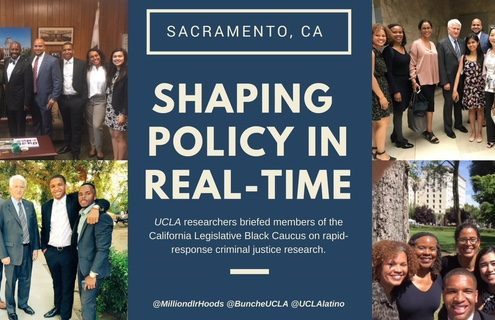Posts

Cities: A Compelling Part of Human Life
Monica L. Smith is a UCLA professor in the Department of…

A Fresh Perspective: Black Life Across U.S. Cities
UCLA’s Division of Social Sciences is full of amazing faculty,…

Engaging LA: UCLA and Destination Crenshaw
Los Angeles is known for many things, such as warm weather,…

LA Social Science Presents “Conversations with Changemakers” Featuring Dr. Bill Worger
Dr. Bill Worger, Professor of History at UCLA, is working…

Million Dollar Hoods Goes to Sacramento
May 4, 2018 Last week, Dr. Kelly Lytle Hernandez, professor…

Mapping LA’s Million Dollar Hoods
By Kelly Lytle Hernandez Professor of History and African-American…

